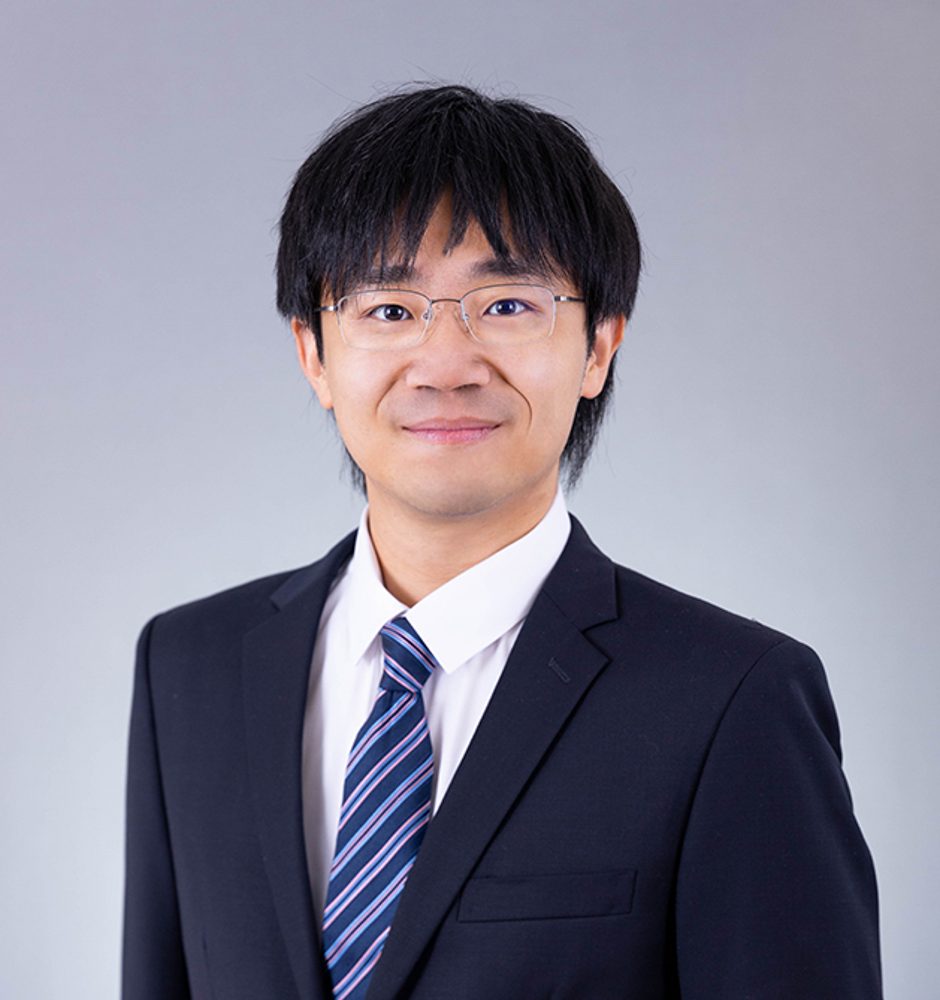In today's highly competitive business environment, innovative collaboration has become an important way for companies to gain an advantage. In innovation-driven partnerships, large enterprises often collaborate with small technology firms, integrating the latter's core technologies into their own products to drive product innovation and expand market share. To secure collaboration opportunities, small enterprises also need to demonstrate to potential partners the application potential and market prospects of their technology integration.

3917 4463
KK 1312
- PhD in Technology and Operations, University of Michigan
- Master in Economics, Duke University
- Bachelor in Economics, Nankai University
Feng Tian received his Ph.D. degree in Technology and Operations from Ross School of Business, University of Michigan, Ann Arbor. His research focuses on dynamic mechanism design and applications of game theory.
- MSBA7004 Operations Analytics
- IIMT2641 Introduction to business analytics
- Mechanism design
- Information design
- Applied game theory
- Sustainability
- Stochastic Modeling
- “Dynamic Contact Design in the Presence of Double Moral Hazard”, with Ekaterina Astashkina and Izak Duenyas, Management Science, forthcoming.
- “Optimal Contract to Induce Continued Effort”, with Peng Sun, Management Science, 64(9), pp. 4193-4217, 2018.
- “Optimal Contract for Machine Repair and Maintenance”, with Peng Sun and Izak Duenyas, Operations Research, 69(3), pp. 916-949, 2021.
- “Comment on ‘Optimal Contract to Induce Continued Effort’ “, with Ping Cao and Peng Sun, Management Science, 68(1), pp. 796-808, 2022.
- “Punish Underperformance with Suspension: Optimal Dynamic Contracts in the Presence of Switching Cost”, with Ping Cao and Peng Sun, Management Science, 70(5), pp. 3020-3037, 2024.
As millions worldwide are addicted to video games, governments and organizations are actively taking measures to curb this trend. Our research suggests that dynamic pricing can help solve the problem of gaming addiction.
This paper studies a dynamic principal–agent setting in which the principal needs to dynamically schedule an agent to work or be suspended. When the agent is directed to work and exert effort, the arrival rate of a Poisson process is increased, which increases the principal’s payoff. Suspension, on the other hand, serves as a threat to the agent by delaying future payments. A key feature of our setting is a switching cost whenever the suspension stops and the work starts again. We formulate the problem as an optimal control model with switching and fully characterize the optimal control policies/contract structures under different parameter settings. Our analysis shows that, when the switching cost is not too high, the optimal contract demonstrates a generalized control-band structure. The length of each suspension episode, on the other hand, is fixed. Overall, the optimal contract is easy to describe, compute, and implement.





